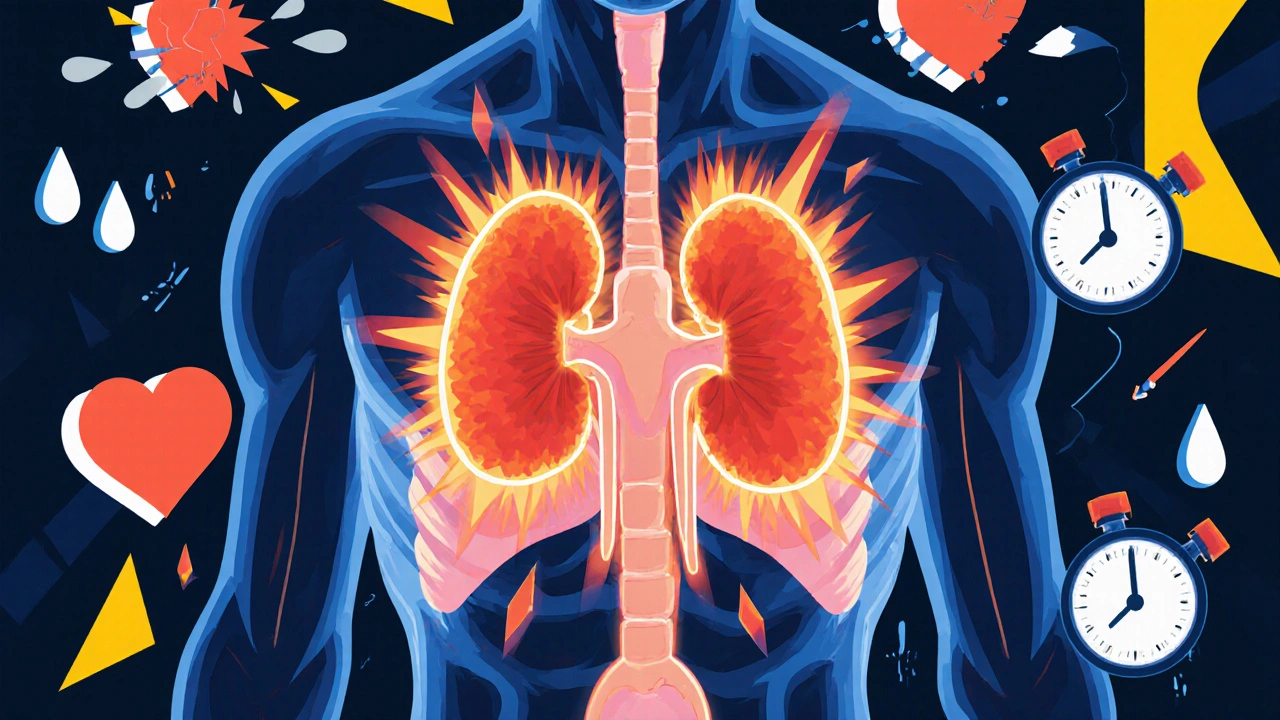Catecholamine Tumor: Symptoms, Diagnosis, and Treatment Options
When your body makes too much catecholamine tumor, a rare growth that produces excess adrenaline and noradrenaline, often starting in the adrenal glands. Also known as pheochromocytoma, it can trigger sudden, life-threatening spikes in blood pressure, sweating, and heart palpitations. These tumors don’t always show up on routine scans, and many people are misdiagnosed for years—thinking they have anxiety, panic attacks, or high blood pressure with no clear cause.
Most catecholamine tumors are benign, but their effects are anything but mild. The body’s fight-or-flight system gets stuck in overdrive. You might feel your heart racing for no reason, break out in cold sweats during a quiet evening, or have severe headaches that come and go like clockwork. These aren’t just stress symptoms—they’re signs your body is flooded with hormones it shouldn’t be making. Pheochromocytoma, a type of catecholamine tumor that forms in the adrenal medulla accounts for about 80% of cases. The rest are paraganglioma, tumors that grow along nerve pathways outside the adrenal glands, often in the chest, abdomen, or neck. Both produce the same dangerous chemicals: adrenaline, noradrenaline, and sometimes dopamine.
Diagnosis isn’t simple. Blood or urine tests for metanephrines are the gold standard—they measure the breakdown products of these hormones. Imaging like CT or MRI finds the tumor, but sometimes it’s hidden or multiple. Genetic testing matters too, since up to 40% of cases are linked to inherited syndromes like MEN2 or von Hippel-Lindau disease. Treatment usually means surgery to remove the tumor, but it’s not as straightforward as it sounds. Blood pressure must be tightly controlled beforehand with medications like alpha-blockers. Skipping this step can cause a fatal surge during surgery. After removal, most people recover fully, but follow-up is critical—these tumors can come back.
What you’ll find below are real, practical guides on managing the aftermath, understanding medication side effects, and avoiding common pitfalls when dealing with rare hormonal conditions. From how to track symptoms with digital tools to why certain drugs like clonidine or metyrosine are used, these posts cut through the noise. You won’t find fluff—just clear info on what works, what doesn’t, and what your doctor might not tell you.

